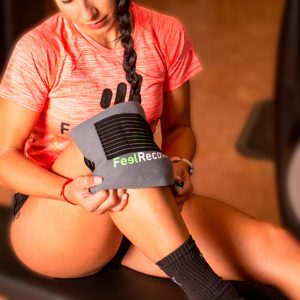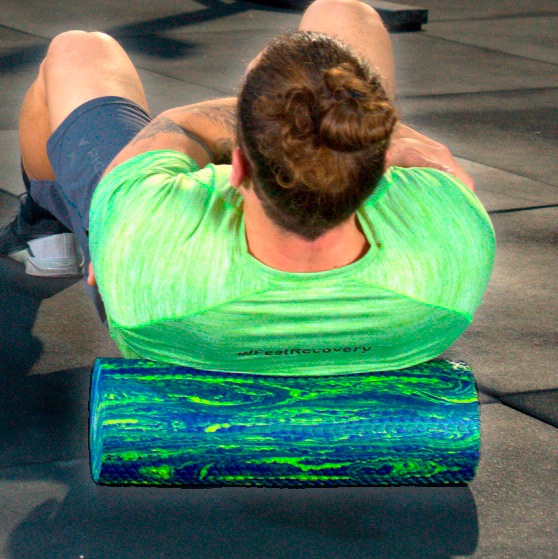Chondromalacia patellae, or runner’s knee, is a common condition caused by the softening and breakdown of cartilage under the kneecap. This condition often results from overuse, improper alignment, or high-impact activities. Early intervention with the right recovery tools can significantly reduce discomfort, restore mobility, and prevent long-term joint damage.
Compression sleeves for the knee provide essential support by stabilizing the joint and promoting circulation. Improved blood flow from compression reduces inflammation and aids in delivering nutrients to damaged tissues, accelerating healing. These sleeves also help align the kneecap, minimizing stress on the cartilage during movement.
Cold therapy is particularly effective during flare-ups of chondromalacia patellae. Applying cold packs to the affected area reduces swelling, numbs pain, and prevents further irritation caused by overuse. Regular use of cold therapy post-activity ensures quicker recovery and better joint comfort.
Heat therapy is beneficial in managing stiffness and improving flexibility in the knee joint. Heat packs help relax surrounding muscles and increase blood flow, enabling a more comfortable range of motion. Using heat therapy before exercises or stretches prepares the joint for activity, reducing the risk of further injury.
Massage therapy using tools such as rollers or massage balls can help break down scar tissue and relieve muscle tension around the knee. Targeting the muscles that support the kneecap helps distribute stress evenly across the joint, reducing pain and improving stability. Regular massages are an excellent way to maintain knee health during recovery.
Electrotherapy devices like TENS units are a non-invasive solution for pain management. By sending electrical impulses to the knee, these devices block pain signals and stimulate the production of endorphins. Electrotherapy is particularly effective for managing chronic discomfort associated with runner's knee.
Incorporating resistance bands into your rehabilitation routine strengthens the muscles that support the knee, particularly the quadriceps and hamstrings. Strong muscles enhance the stability of the joint and reduce the stress placed on the cartilage during activity. Exercises with resistance bands are progressive and tailored to your recovery stage.
Combining these recovery techniques—compression, cold and heat therapy, massage, electrotherapy, and resistance exercises—offers a comprehensive approach to managing chondromalacia patellae. Choosing the right products ensures a smoother recovery process and supports long-term knee health.
FAQ: Frequently Asked Questions
What is the best way to treat chondromalacia patellae at home?
Using compression sleeves, cold packs, and resistance bands effectively reduces pain, inflammation, and improves knee stability.
How does heat therapy help with runner's knee?
Heat therapy improves blood circulation, relaxes muscles, and reduces stiffness, making it easier to move the knee without discomfort.
Can massage therapy alleviate symptoms of chondromalacia patellae?
Yes, massage therapy reduces muscle tension around the kneecap and promotes better alignment, which helps decrease pain and enhance mobility.
Are TENS units effective for knee pain caused by chondromalacia?
TENS units provide effective pain relief by blocking pain signals and stimulating natural endorphins, making them ideal for managing chronic discomfort.
How can resistance bands support recovery from chondromalacia patellae?
Resistance bands strengthen the muscles around the knee, improving stability and reducing pressure on the cartilage during movement.
















































